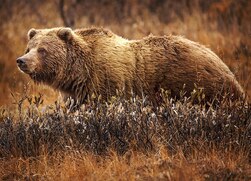 Wikipedia Wikipedia One of the absolute American treasures is Yellowstone National Park! Since 1979 Yellowstone averages about 3-4 million visitors a year. People come from all over the world to marvel at such sites like Old Faithful, Mammoth Hot Springs, Yellowstone Lake, and Grand Prismatic Spring, etc. But the main attraction for most is the wildlife that roam free within the park! Year after year campers, hikers, tourists, etc. feel the need to come face to face with animals living in the wild and it sometimes does not end well. Let us break down the numbers based on types of animals involved and here are tips to keep you and your family safe while visiting the true Merica’ Marvel. Grizzly Bear: Since 1979, more than 118 million people visited Yellowstone National Park. During this period, 44 people were injured by bears in the park, according to park numbers. As recently as April a lone hiker was attacked by a grizzly and seriously injured. He died a day later after he suffered a stroke following surgery. While he had bear spray with him, it was not clear if he had time to use it. Investigators who went to the site the following day were charged by an older male grizzly. After all members in the group hazed the bear and it failed to stop, the bear was killed. In 2011 two hikers were mauled to death by a Grizzly. Even more recently, two more people in 2013 survived attacks by grizzlies in the park. And, in August of 2015, a knowledgeable hiker was killed in the backcountry. In the later, there were reports of a grizzly with a cub in the area. However, in the entire 142- year history there has only been 8 total deaths in Yellowstone credited to Grizzly Bears but seems like human traffic in the park is increasing so are the number of attacks which is around 2 per year since 1980. Tips To Avoid a Grizzly Bear Attack:
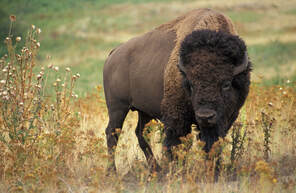 Wikipedia Wikipedia Bison: Easily the most visible animal and they are remarkably huge! Because of their docile demeanor people feel the need to get extremely close to these animals for that ever so popular selfie! Of the 56 injuries recorded over the last 15 years, 80% of them were because people approached the animals causing it to charge. Last year a 72 year old woman (full story click here) was gored in an attempt to take up close photos of a bison. She was flown to an Idaho hospital where she survived her injuries but it was reported she was less than 10 feet from the animal multiple times. Tips To Avoid Bison Attacks:
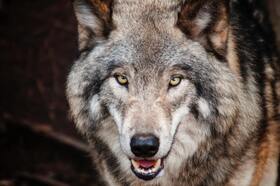 Wolves: There has not been any attacks recorded on wolves since the reintroduction of wolves in the park. This can be attributed to a target rich environment wolves have with Elk, Deer, and other animals that are heavily populated in the park. However, wolves do pose a risk so proceed with caution and keep your distance.
0 Comments
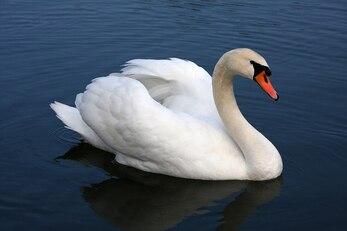 Wikipedia Wikipedia There are several stories that people love to brag about whether its coming face to face with a bear or stumbling upon a mountain lion and even surviving a pack of wolves that were surrounding you on a camping trip. There are tons of videos on YouTube that you can watch and entertain yourself with, but what about Swans? No one comes into work and brags about how they got their a$$ kicked by a Mute Swan over the weekend while walking their dog at the park, or on the golf course with your friends like the man below! Like all great ideas when it comes to America, a bunch of rich people thought “hey let’s bring these Giant majestic birds from Europe to swim in our pond and decorate the park with” which has led to another invasive species taking over things they should not. All the Mute Swans in North America you see today actually descended from swans imported from the mid-1800s through early 1900s to adorn large estates, city parks, and zoos. Escapees established breeding populations and are now established in the Northeast, Mid-Atlantic, Great Lakes, and Pacific Northwest of the U.S. According to the DNR there are three major problems with mute swans; they are a threat to humans, wildlife, and destruction of wetlands. First, mute swans have little fear of humans, and they are also quite large, massive to be exact and boy are they NASTY! (Meet Mr. Nasty. Click Here) Every year the DNR gets multiple reports of swan attacks both on shore and in boats and other watercraft on the water. Swans get especially aggressive when they are nesting or protecting their young. And yes, they have killed humans! In April of 2012, a Chicago man was kayaking in a pond at his local park in Des Plains, Illinois. Suddenly his kayak was toppled over by a swan that had been laying still in the weeds over its nest. The Swan continued to attack the man several times as he fought to stay above water which ultimately led to him drowning and the swan swimming off back to the nest. Do not believe me? For the full story click here. Mute swans are also detrimental to wildlife, as they are the most aggressive waterfowl species. They will attack, injure, and possibly kill other waterfowl for nesting or feeding grounds. The New York State Department of Environmental Conservation reported three pairs of captive swans killed over 50 ducks and geese in a zoo. There are many threatened waterfowl in states like Michigan, Ohio, and New York that are in danger of disappearing due to mute swans, one of which is the trumpeter swan. The trumpeter swan population is on the rise, but the mute swan population is also on the rise and threatening the native swan breeding programs. Mute Swans in every state are protected and may not be harmed or handled without authorization from your state Wildlife Agency. Even though they are considered an invasive species and a nuisance you still must obtain special permits and authorization to do so.
LOOMACRES WILDLIFE MANAGEMENT CAN HELP! There are several management and harassment practices used in handling these notorious bully birds! We have years of experience helping clients take back their wetlands, ponds, and lakes from Nuisance Swans. For more information fill out the fields below and one of our Wildlife Biologist will reach out to you shortly with a free consultation. 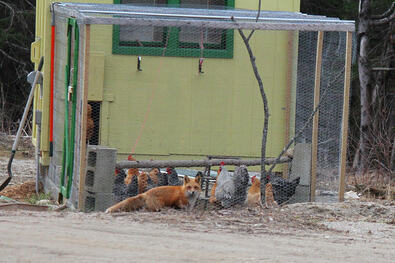 For backyard chicken keepers, homesteaders, and large-scale farmers alike, the single greatest challenge is protecting poultry from predators. Lately we have been receiving several inquiries about the same topic. “My chickens are dead”, “My chickens are missing” and “help me trap whatever is eating my chickens”. There is a huge trend now since new homeowners are buying their dream homes in the country and along with nice organic garden beds, so is the idea of raising backyard chickens. But if you have ambitions of living off the land and raising chickens, be prepared to deal with the threat of predation but you never know how big of an issue it is until its too late. If you own a backyard flock, more than likely, you have experienced a predator or two - especially if you allow your poultry to free-range. However, chickens that free-range are not the only chickens susceptible to predator attacks. Even if you keep your flock is kept in an enclosure, they might not be safe. Predators are predators and they will kill or attempt to kill no matter what hurdles you put in front of them! They will dig tunnels, rip through fences, ambush in the daytime, nothing will stop them when they are craving some breast, thighs, and wings! So, before you call Loomacres Wildlife Management or any other wildlife removal company here are some things to know that will help you identify the predators you might be dealing with. When are your chickens disappearing? Working out what could be killing the chickens in your flock can help you protect against future attacks. Predators kill in different ways and at varying times of the day. There are three types of predator groups, and you can generally identify this group by documenting when they are disappearing. Nocturnal Hunters: If you are going to bed at night and everything is ok but waking up to a morning massacre here is a list of potential night killers.
Low Light Hunters: These are predators that use either first thing in the morning to ambush waking prey or become active as the sun is setting.
Daytime Hunters: Some predators may hunt any time and may be included in one or more groups and hungry animals or those with young to feed are likely to be more of a problem during the day.
So now that you have a list of potential predators and you have narrowed down your suspects how to you know exactly what is killing your chickens? Outside of using a trail camera to capture an image of the intruder is to examine the crime scene. No, you do not have to be a character on CSI or own a Detective Badge, but you will have to look at what was left behind. Below is a helpful guide broken down by each predator and their hunting tendencies. Fox: Scattered feathers inside and outside coup, multiple chickens wounded or multiple dead, one missing at a time with the Fox coming back multiple times. Coyotes: Look for scat or poop that looks a lot like your dogs but has hair, bone, or feathers in it. Multiple chickens missing during the night, multiple dead inside the coup. Many times, your fence may be ripped apart of a hole dug under the fence for entrance and exit. Bears: Probably the easiest to tell but if your pen is completely destroyed and it looks like a mass murderer has been there, yep, it’s a bear! Domestic Cat: Very underrated killer on this list and probably the slickest! Small chickens or chicks taken singly, single birds taken, wings, head and feet left. Cats typically do not leave anything living behind even if they do not eat it. Skunks: Just close your eyes and smell the odor. Skunks are messy killers so look for missing organs on the chickens left behind, empty eggshells around the nest. Raccoons: Mostly active at night and will typically only kill chicks and eggs! Raccoons are notorious for squeezing through tight places. Rats: If your chickens are missing feet or toes, wounded, or you find a lot of partially eaten chicks you have got a rat problem. Snake: Single dead chicken, may have a wet head showing the snake tried to swallow it. Missing eggs. Mountain Lion: They like to hunt at Dusk/Dawn and typically will kill multiple birds (1-5) in a single visit. Look for tracks because like domestic cats they do not leave a lot of trace evidence! Dogs: Chickens badly bitten with deep puncture wounds and rarely eaten. Kills all chickens it can get hold of. Damaged fences and feathers everywhere. They are not stealthy so picture a bull in a China Shop. Hawks / Eagles: These daytime hunters like to enter the pen from above so look at the roof for damage. Birds of prey take a single bird and tend to eat where they kill. Remains spread on back with most of the chicken eaten. Sparrowhawks may carry birds away. Owls: Nighttime hunters or right at dawn. Look for talon marks in any wounded chickens and scan the yard for feathers underneath a perch tree. Fishers or Minks: These aggressive killers mostly kill for fun and are efficient. Look for bite marks around the neck area or if heads are missing and your pen looks to be untouched you probably have your suspect! Opossums: One or two chickens killed. Bites in breast or thigh, abdomen eaten, chickens eaten on site because they are lazy and do not care to leave the scene of the crime. Now that you have the ability to identify the critters that are ruining your chicken flock, we strongly suggest you contact us for a FREE CONSULTATION where one of our on-staff Wildlife Biologist can talk you through the next steps whether its applying for a depredation permit through your state wildlife authority or help you implement a trapping strategy. Remember that all these creatures are wild and pose a bite risk to humans so should you encounter any of them, handle the situation with great care and get help. If you are beyond the point of wanting to deal with it yourself fill out the form below and we will contact you shortly. 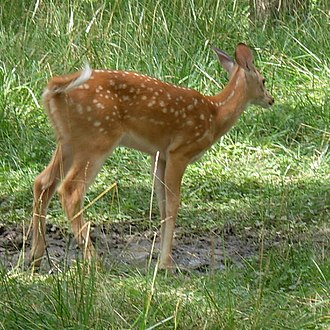 Photo: Wikipedia Photo: Wikipedia Each spring and early summer Facebook, and Instagram is loaded with pictures and videos of fawns (baby deer) and they are typically all the same. A cute little newborn fawn laying behind a woodshed, in a flowerbed, or some tall grass in the backyard. As humans living in the United States of course we must document everything and post away. However how close is too close? Fawns have almost no odor, so predators cannot smell them. Their white spotted coats provide excellent camouflage when they are lying on the forest floor. For the first week of life, frightened fawns instinctively freeze, making full use of their protective coloration. If you think about it what happens if that cute photo of a lifetime has fatal consequences to it is it worth it? Here is a list of reasons you should just admire from a far and keep it moving.
Most studies have come up with a fawn’s survival rate in the wild is between 33 and 68 percent. These studies were done over a 15-year period and over several different states and habitat conditions. Please do not make it even harder on the fawn to survive. Use common sense and keep in mind not to touch it under any circumstance and keep your distance because you never know if that Facebook picture may cause the life of a newborn deer. If you want more information or to speak with a wildlife biologist about a specific issue you are having or question you need clarification on, fill out the form below.  July 4th is rapidly approaching, and social gathering is happening all over. In a normal year Americans start stocking up on all sorts of fireworks and sparklers to celebrate Independence Day! The covid pandemic however has caused a shortage for all sorts of random things like toilet paper, guns and ammo, lumber, chlorine, fruit trees and now add Pyrotechnics to that list. Seeing as more than 130,000,000 people in the U.S. are finally fully vaccinated, which means they can take off their masks and gather like they used to before the pandemic, per new guidance from the Centers for Disease Control and Prevention (CDC). The fireworks or pyrotechnic industry is facing a "massive product shortage." In fact, more than 60 percent of the fireworks ordered by companies in the U.S. for 2021 will not actually arrive this year because of the shortage. Yes, that equates to a 6-month waiting period if my math works. Imports from China, where more than 90% of the world’s fireworks are manufactured, have plummeted as the COVID-19 pandemic shuttered many factories there. As a result, Chinese exports dropped to near zero in January and the United States imported 75% fewer fireworks in all of 2020 compared to 2019. China’s production of fireworks generally increases during the winter months, but that may not be possible this year due to the closed factories and with an increase in all United States holiday shows, wedding venues, and sporting events, China only produced 10% of what they normally produced in a non-covid year creating a massive shortage and back order for 2021! In the Wildlife Management industry our shipments of pyrotechnics (Flashers, and bangers) have been delayed for almost 4-6 months at a time by our vendors due to an increase in demand, decrease in production, and outrageous shipping costs. How bad are the shipping costs? Well shipping costs have increased by more than 100 percent over the last year, which has contributed to the looming fireworks shortage. The increased costs have come from freight surcharges of $1,000 to $5,000, and additional charges added by ports in China. Many distributors tried to wait until the freight prices were low again, creating a massive fireworks shortage that our industry has never seen before. Other additional factors contributing to the shortage include the Suez Canal disruption, port closures in Canada, the pandemic's temporary shutdown, and new restrictions for production at Chinese firework factories. If you look at the transportation industry which is in complete shambles after the world was temporarily shut down. The global transportation system is really in a wreck. Ports are backed up and ships are not moving the way they should. How is that going to impact the Fourth of July? Yes, a lot of people are going to be let down but in the Wildlife Management Industry where we depend on these as tools to prevent wildlife strikes on an airport it is now becoming a growing concern. The shortage is occurring at a time of increased demand. The American Pyrotechnics Association said last year the fireworks industry saw the highest consumer revenue in 20 years bringing in $1.9 billion. However, what does that mean for 2021? Empty shelves. For more information or to speak with a Loomacres representative about ordering pyrotechnics or any airport wildlife control products, please fill out the fields below and someone will contact you shortly. 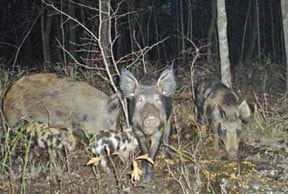 Natural History in the U.S. The first feral hogs were introduced in the 1800’s by settlers as a food source. Most of these introductions occurred in southern states, and the hogs quickly adapted to the wild. These pigs rapidly reproduced and colonized vast areas of the southern United States. Since then feral pigs have spread to or been released in at least twenty nine states, with more states possibly infested. The large majority of feral swine are descendants of domestic pigs, but there are also a growing number of escaped Eurasian wild boars and hybrid individuals. Most of these types escaped from hunting or breeding preserves, and are perfectly adapted to northern climates. Here in New York the recently discovered feral pigs seem to be of the Eurasian descent. The Department of Environmental Conservation claims they got out of several hunting preserves in the south central part of the state. They are now considered established in Onondaga, Cortland, and Tioga counties. Hogs have been considered established for about five years in the eyes of wildlife managers in New York State. These animals can range in size from 50 lbs, to almost 500 lbs depending on age and sex. The male hog; called a boar, tends to be the largest. These pigs can be brown or mottled, or if they have Eurasian genetics they can be black. The piglets sometimes have a striped appearance when they are very young. As is the case with most swine, feral hogs eat a variety of foods. These include; tubers, nuts, berries, crops, grasses, eggs, insects, and small animals. They can be found in many different habitats, from farmland to deep forests. Legal Status Most states where hogs are found view them as pests and a danger to wildlife populations. Most states allow them to be hunted year round with no limits because they are an invasive species. Here in New York, feral swine can be hunted year round as long as the hunter possesses a small game license. There is no limit on how many can be taken, or how they may be taken. They are considered a nuisance and are not protected. The one exception to this is that you cannot shoot them with a rifle during deer season where rifle hunting is not allowed. In general they are viewed as an urgent threat to the safety of New York’s lands and wildlife. Population Trends The population of feral hogs in the U.S. has done nothing but increase since their inception. Everywhere they exist, they have expanded in range and numbers. This is due to their adaptability and intelligence, as well as their ability to produce several litters of young a year. When they are persecuted by humans they become very secretive and nocturnal. Unfortunately they are almost impossible to control once established. Hogs as a Nuisance There are a whole slew of reasons why these creatures are considered nuisances in New York. Since they are not part of the natural ecosystem, they compete directly for food with native wildlife species. Secondly, hogs can do thousands of dollars’ worth of damage to farm crops with their rooting and digging habits. They can destroy ground nesting bird nests, amphibians, and rare plants. Diseases can be spread to domestic livestock species, and they can adversely affect natural forest regeneration. Lastly, hogs can cause erosion and water quality issues due to their destructive rooting habits. Agriculture
In the view of many, the main reason these guests are unwanted is due to their affinity for farm crops. They can decimate a farmer’s livelihood in even moderate numbers. Alabama has a large population of wild hogs, and their estimated damages from 2009 were $75 million dollars. States with larger populations had even higher damage estimates, and there’s no telling what large numbers of hogs could do to New York’s farms. Feral Hogs and Aircraft The research that was reviewed in this report did not turn up any actual collisions between hogs and aircraft. This does not mean they don’t pose a threat however. Due to their large body mass, they can cause severe damage to even larger planes, and should be managed accordingly if they are found on airports. Their rooting for food may attract some bird species that look for invertebrates in disturbed soil, such as crows and starlings. Management Techniques Feral hogs are notoriously hard to control. They can be trapped using large cage traps, but this usually doesn’t lead to population reduction because the pigs become wise to this method. Harassing the hogs with trained dogs can be somewhat effective, but there is danger involved to both the handlers and dogs. This also just pushes the hogs to new areas. The two most effective techniques are fencing them out, and lethal harvest of the hogs. Fencing can all but guarantee their exclusion from airports and other sensitive areas, as they cannot jump very high to clear fences. When pigs are observed in an area, an effective population tool can be hunting them. This can eliminate a certain portion of the population, but can still lead to smart hogs that are difficult to hunt. The easiest way to manage them is to not allow them to be brought into a new area! This eliminates the problem before it begins. 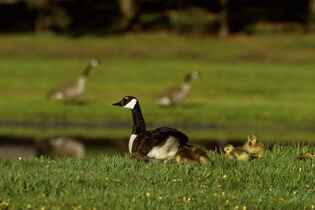 Ask any Golf Course Superintendent what they absolutely hate most especially in states like New Jersey, New York, Massachusetts, and Connecticut and that is Canada Geese! You see whether it is a private country club, a USGA event or some cheap municipal golf course ground crews and club staff spend years trying to get a course to look a certain way. Golf courses are known for their meticulously manicured grounds that often include water hazards and wild grass scenery. Which unfortunately is a beacon and ideal setting for Canada Geese to take residency. It can be quite a job to keep geese off a golf course, or out of the grassy areas near the water at a park. Golf course maintenance crews are kept busy with all they must do to keep the course green and mowed, clean and free from geese and their nasty droppings. Geese are known to forage on the course’s opulent green vegetation and the average goose is responsible for 4 lbs. of droppings a day. Once geese start nesting on your golf course, they will continue to come back year after year, that of course if they migrate at all and do not take up year-round residency. Once they lay their eggs geese will become extremely aggressive protecting their nest and attacking anyone or anything going near it. Do not get it twisted this is not our nursery rhyme mother goose, although not known for their violence, a mother goose will hiss, stomp, and attack golfers that go near their nest. If you happen to be one of many golf courses that have become overrun with geese or simple just have a family of geese eating their way around the buffet known as the 18th fairway Loomacres Wildlife Management has the solutions for you! There are several options for ridding your property of Canadian geese including chemical sprays and landscape redesign, but the most effective method is to use highly trained Border Collies known as goose dogs. These intelligent and energetic animals are taught not to harm the birds, but rather to use their natural intense stare to convince the geese that a predator is lurking nearby. Geese are concerned with survival and will not congregate where a Border Collie is patrolling. Even better, when geese seek refuge in the water, the dogs are very adept at swimming and will not rest until the last goose has fled. To make sure we not only get the job done efficiently but abide by all United States Fish and Wildlife Service guidelines and laws regarding Canada Geese, all our well-trained goose dogs are healthy and strong and have completed a structured program to prepare them for success in the field. A well-trained Goose Control Dog can be very persuading to a flock of Canada Geese, convincing them that a certain location is not really where they want to reside. Our Border Collies are exceptional swimmers and intense herders and that makes them ideal candidates for controlling geese. Additionally, we offer other solutions that when applied with using a boarder collie can prove even more effective:
For more information or to even book a free site visit and demonstration on your golf course please fill out the fields below and someone from Loomacres Wildlife Management will contact you. 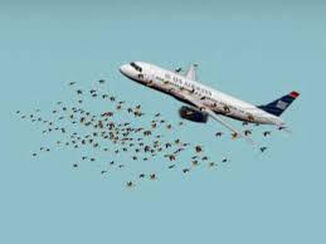 Did you know that all Part 139 airports are required to perform a formal WHMP Review every 12 months? The FAA states that the foundation for these evaluations is not only the documentation of wildlife strikes but the maintenance of consistent records of wildlife surveys and wildlife control activities. Based on the annual evaluation the WHMP should be updated as needed to ensure the information adequately addresses known wildlife hazards. As these changes are adopted, approved, and implemented at the airport, it is of the utmost importance that all documentation is well prepared and available during FAA inspections. This procedure is to assist airport operators in documenting this review, the following sample review forms are provided. One form is for the “annual” review (every 12 consecutive months), and one for a review following a triggering event. These forms represent examples and may be used as provided or modified to suit specific needs to review a Wildlife Hazard Management Plan. Once a Wildlife Hazard Management Plan is in place, it must be evaluated every 12 consecutive months or following a triggering event as per 14 CFR part 139.337(f)(6). Those triggering events are: · An air carrier aircraft experiences multiple wildlife strike · An air carrier aircraft experiences substantial damage from striking wildlife · An air carrier aircraft experiences an engine ingestion of wildlife. During the WHMP review, the airport and the Certified Airport Wildlife Biologist will need to follow the questions listed on the WHMP Review Checklist. Any discussions will be based on the management over the course of the last year. This checklist will cover areas including:
After all of this is completed, an official review will be completed and documented by the conduction Airport Wildlife Biologist. Part 139 airports are required to keep this document on file for further modifications and review.  January 15, 2009, US Airways Flight 1549 at 3:27:11 during climbout, the plane struck a flock of Canada geese at an altitude of 2,818 feet (859 m) about 4.5 miles (7.2 km) north-northwest of LaGuardia. The pilots' view was filled with the large birds;[18] passengers and crew heard very loud bangs and saw flames from the engines, followed by silence and an odor of fuel. 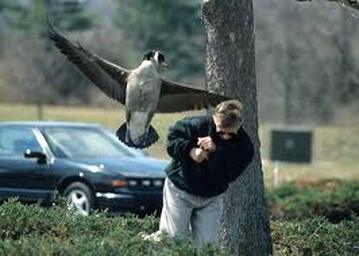 New Jersey you have a problem! Nuisance Resident Geese have taken over your parks, golf courses, and residential ponds and it is becoming a mess. Goose Control is and should remain a high priority for anyone dealing with this spike in bird numbers. Resident Geese numbers have been on the steady rise since 1993 which according to the USDA was right around 40,000 then boomed to 110,000 in the year 2003 and has been slowly increasing year after year. Nuisance wildlife management is the term given to the process of selective removal of problem individuals or populations of specific species of wildlife. Other terms for the field include wildlife damage management, wildlife control, and animal damage control to name a few. Right now, in the State Of New Jersey for example the number of complaints and the demand for wildlife Management is increasing. Most Canada goose damage complaints in New Jersey involve accumulations of feces on lawns and walkways at homes, schools, hospitals, corporate campuses, and public parks. Goose feces damage property, compromise overall quality of life, and have the potential to pose serious health threats due to the presence of disease-causing organisms. Other damage associated with geese includes overgrazing of lawns and recreational fields, and goose aggression and human injury during the nesting season. At Loomacres Wildlife Management we have been fighting the battle against Geese for almost 20 years! By using a wide variety of methods, we can ensure you that your goose problem can be managed. Management of the problems associated with Canada geese requires development of an integrated damage management program that includes a variety of safe, practical, effective, and legal techniques. Nuisance wildlife management is the term given to the process of selective removal of problem individuals or populations of specific species of wildlife. Other terms for the field include wildlife damage management, wildlife control, and animal damage control to name a few. What We Do: This process may sound complicated to some but for us it is simple. Once we have one of our Certified Wildlife Biologist come assess your situation and do a risk management analysis, we can then begin to put together a strategy. Most cases tend to be unique so there is no “silver bullet” or “quick fix” method! There are several different factors that take place like time of year, nearby habitat, food source, etc. Once our Biologist has come up with a Wildlife Hazard Management Plan, we can begin implementing that strategy using either Lethal (depredation) or Non-Lethal tactics such as hazing or habitat management. How We Do It: For needs outside of the regulated hunting season and any other state-specific goose control programs, the U.S. Fish and Wildlife Service issues goose depredation permits to qualifying individuals and municipalities. These permits allow for the removal of geese, typically 1-2 per day, but must be done in conjunction with active non-lethal methods. Please see Federal Migratory Bird Depredation Permit for information and the permit form. If the need for Lethal Goose Control is in order Loomacres will obtain all necessary permits on behalf of our client. For those cases that require Non-Lethal Goose Management Methods we at Loomacres Wildlife Management use an arsenal of techniques listed below.
If you are currently experiencing a problem with Nuissance Geese wreaking havoc on your ponds, parks, lawns, or they are in a place where they shouldn’t be please fill out the contact information below and Loomacres Wildlife Management will be in contact with you shortly.  Without a doubt the Covid-19 Pandemic changed the landscape of all business in the United States. Technology was used more than ever with essentially everyone using zoom meetings, go to meetings, and virtual workplaces. Garages and basements turned into offices and closets turned into break rooms! After speaking with several leaders in the Wildlife Damage Management community one thing that was apparent was how much the landscape of the industry changed. Annual conferences that we used to attend became awkward virtual unorganized online meetings, less interactions with lifelong customers, and restricted travel. However, one good thing that came out of it was the FAA allowing Certified Airport Wildlife Biologist to conduct Wildlife Hazard Management Training remotely to fulfill the mandated Part 139 Airport Certification and stay in compliance. The FAA requires airports and airport staff to comply with 8 hours of training and education every year. Loomacres Wildlife Management conducts these seminars and educational courses to instruct airport personnel to proper identification and management of wildlife on their airport. These Wildlife Hazard Management and Wildlife Identification courses checks all the requirement boxes that the FAA requires and now you can do it from a computer screen. All trainings are still taught by one of our Certified Airport Wildlife Biologist that will customize the webinar according to your airports Wildlife Hazard Management Plan and specific risk history. Imagine this scenario, you just hire a new staff member to service or carry out your Wildlife Hazard Management Plan. But you have already had your 8 Hour mandated training. What do you? Do you book another one, or send that employee to a training and pay for hotel, mileage, and food? Not anymore, you simply register that employee for a virtual training session and their certificates will be in the mail! One of the issues we saw in this transition however is most airport personnel operates on 12 hour shifts that can compliments everyone being on a training webinar at the same time. Quick fix though seeing as these trainings are online, they can attend anywhere, anytime, and still complete the requirements set forth by the FAA and the USFWS. Below is a list of topics covered in your customized virtual training program.
|
Sales & Marketing
|
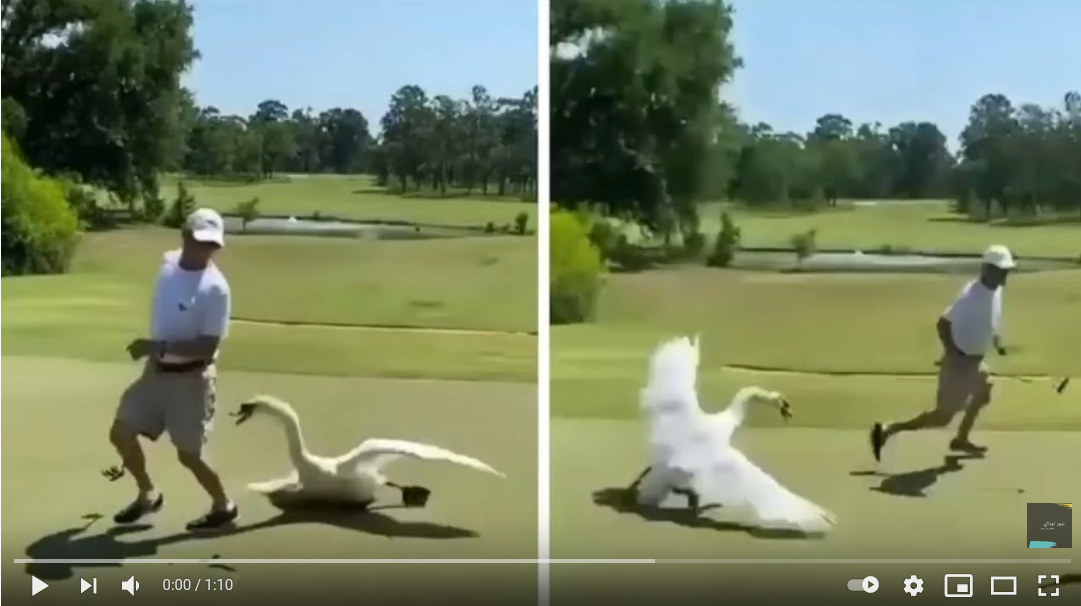
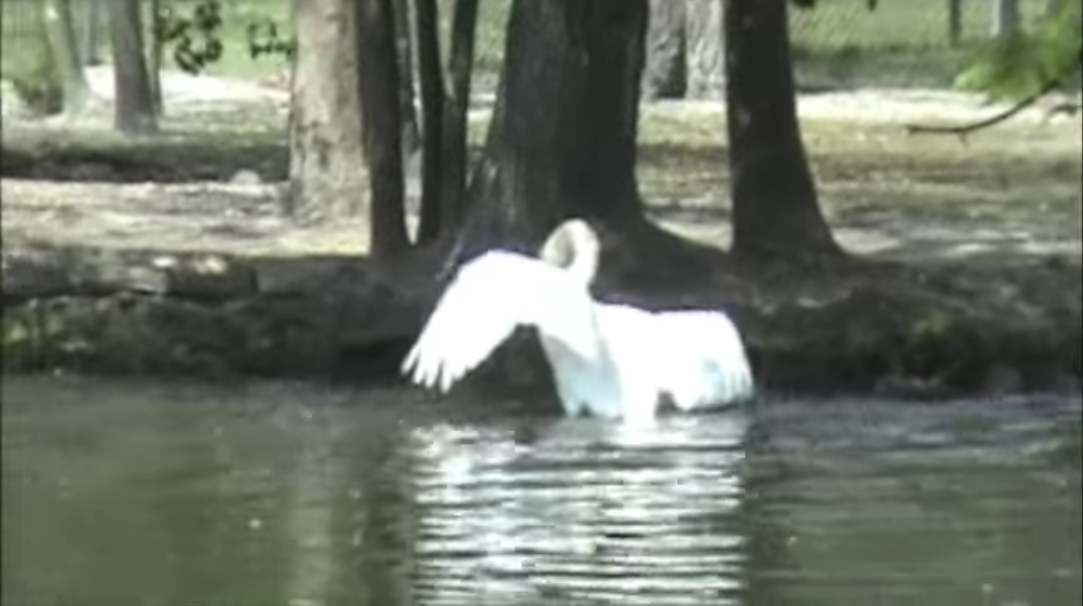
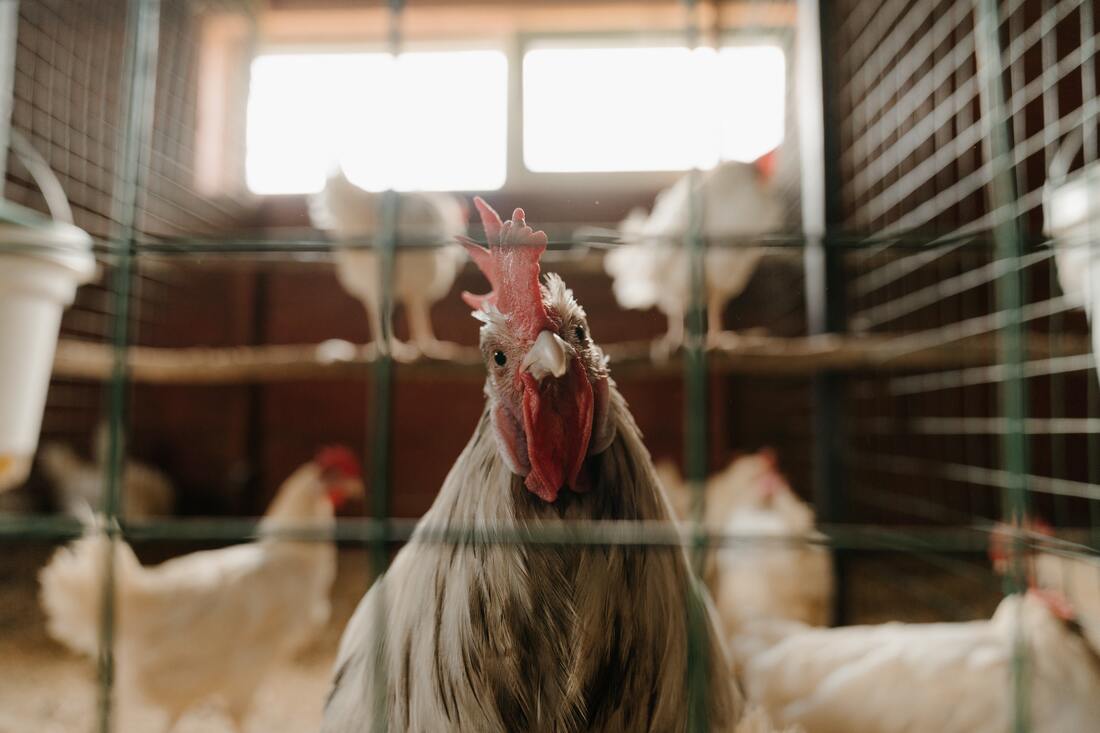
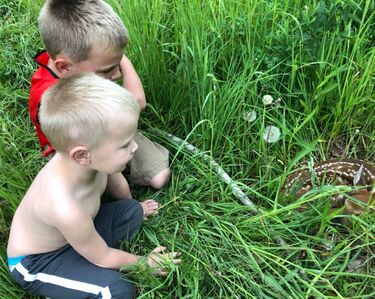
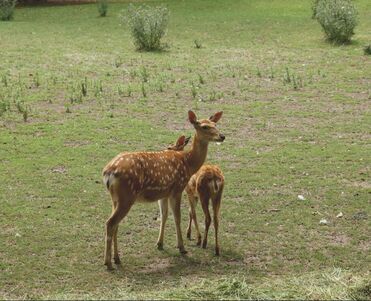
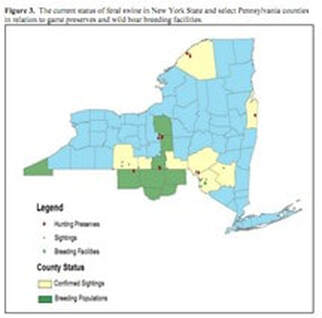
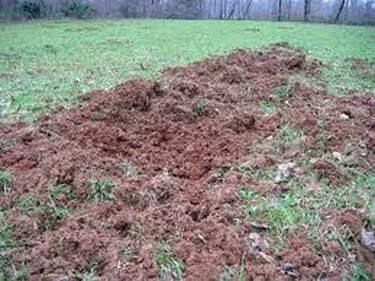
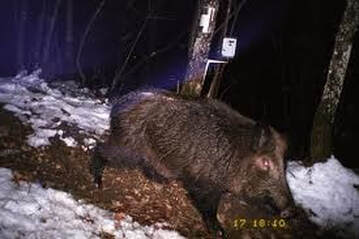
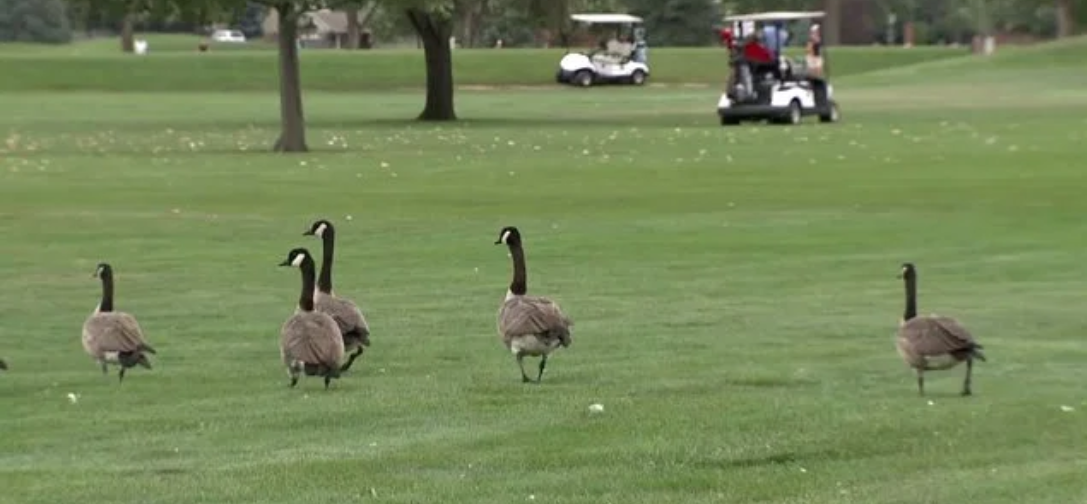
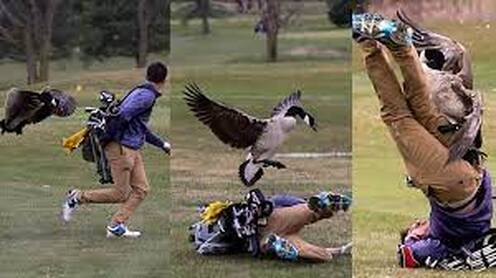
 RSS Feed
RSS Feed